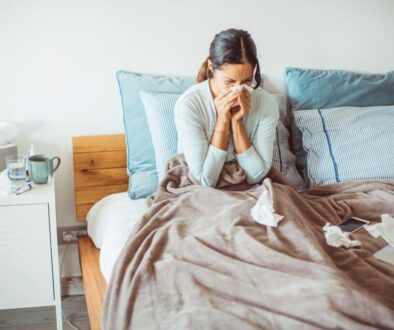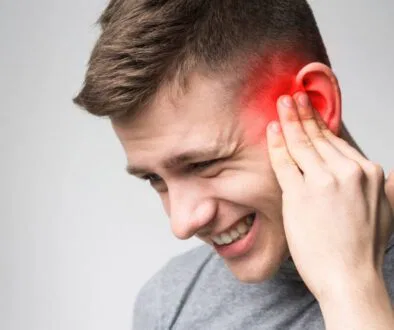What Side Should I Sleep On With A Ruptured Eardrum?
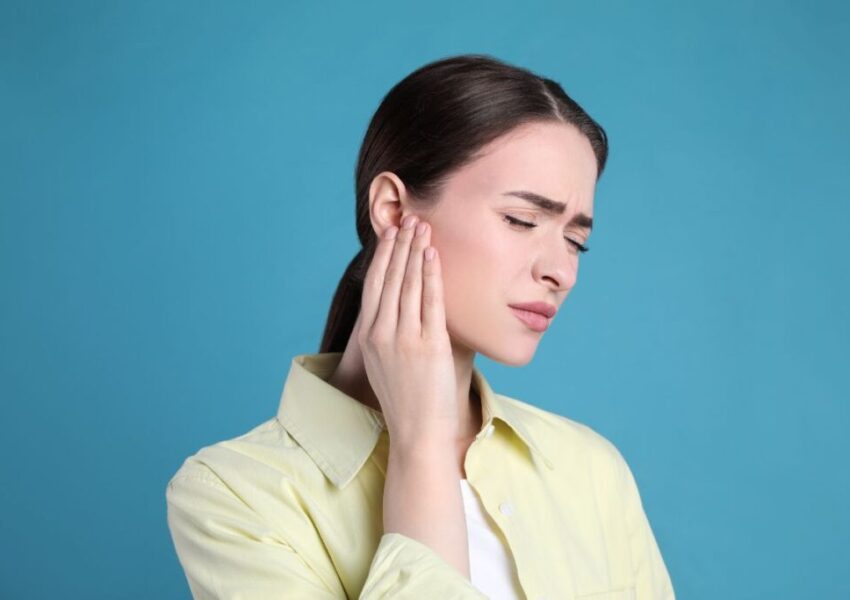
Published January 1, 2024
Imagine the sudden discomfort in your ear, a jolt that silences the world around you. Perhaps a buzzing sound disrupts your peace. A ruptured eardrum due to pressure changes, infections, or injury can make your nights uncomfortable. Every movement feels like a potential trigger, which makes finding the proper sleep position important.
This article tackles the usual signs and causes of a ruptured eardrum, when to see a doctor, and what to expect from treatment and follow-up care.
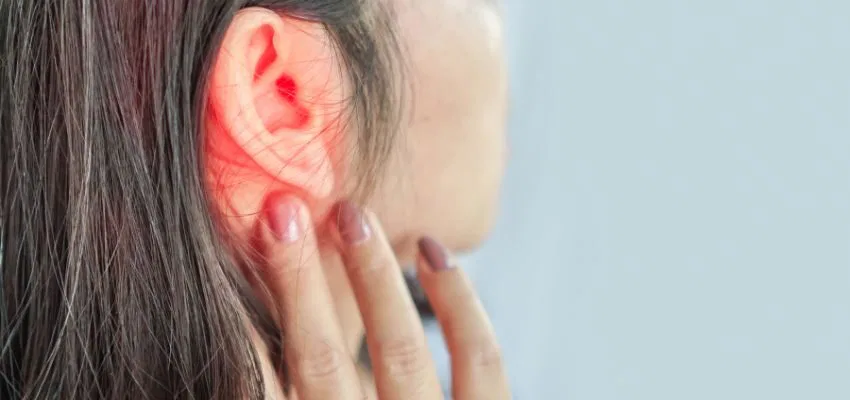
What Is A Ruptured Eardrum?
When the tympanic membrane in the ear that aids hearing breaks, it causes a perforation known as a ruptured eardrum. Ear infections, rapid pressure changes, and injuries due insertion of foreign objects into the ear can all damage the eardrum.
As ruptured eardrums can be uncomfortable and disrupt sleep, you may question, “What side should I sleep on with a ruptured eardrum?”
What Side Should I Sleep On With A Ruptured Eardrum?
Some people may experience a ruptured eardrum in only one ear, while others may share it in both. Since a ruptured eardrum might cause ear pain, sleeping position, regardless of the cause, is essential to help you sleep properly. For example, if only one eardrum ruptures, sleeping on your back or on the opposite side is more pleasant, with the ruptured ear facing up.
You can sleep on your back if you have ruptured your eardrum from diving or flying (rapid pressure change). Make sure you have the correct pillow for back sleeping. When you have an ear infection, it’s essential to sleep with your head elevated so that the drain is unobstructed. Otherwise, pressure may continue to build up in the middle ear, causing pain.
If both eardrums are ruptured, lying on your back may be the best position for your ears to heal. If you experience a lot of pressure inside, try sleeping in an upright position or on many pillows.
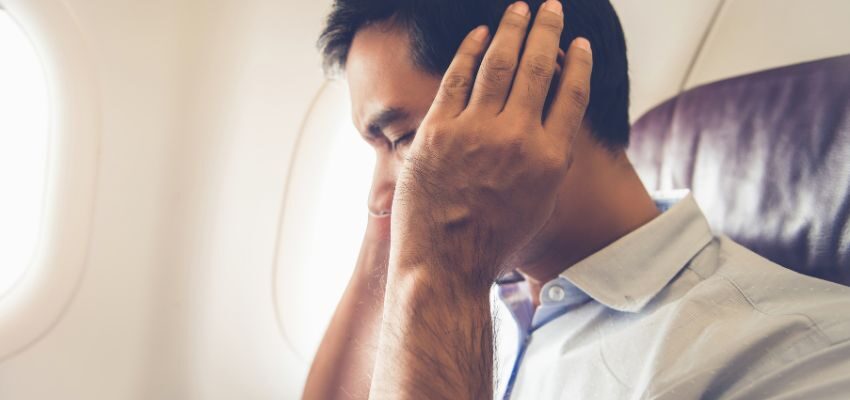
What Causes A Ruptured Eardrum?
Common causes of a ruptured eardrum involve infections, injuries, or sudden changes in pressure.
- Ear infection. Most cases of a ruptured eardrum, mainly in children, are due to an infection in the middle ear. With a middle ear infection, fluid and pus fill the middle ear. The pressure can result in the eardrum rupturing and cause drainage.
- Sudden pressure fluctuations. Rapid changes in pressure can also predispose the eardrum to rupture. This can happen while scuba diving, flying, or going to high-altitude places.
- Ear trauma. Another cause is ear injury. Children and adults alike may pierce their eardrums using ear-cleaning tools. Moreover, head trauma that compresses the ear might rupture one or both eardrums.
Other various factors can cause the eardrum to rupture. These include intense suction on the ear, exposure to deafening and sudden noises, lightning strikes, and shock waves resulting from explosions. Additionally, individuals with ear surgery or a history of recurrent middle ear infections are at a higher risk.
What Are The Symptoms Of A Ruptured Eardrum?
You might not notice that your eardrum has ruptured. It’s likely once you notice symptoms like hearing loss or discharge made up of blood and pus. Common symptoms include:
- Sudden intense discomfort in the ear.
- Sudden loss of hearing. You may have difficulty hearing or feeling that sounds are muffled.
- A buzzing or ringing sound in the ear that comes inside the ear
- An ear discharge that may resemble pus or blood
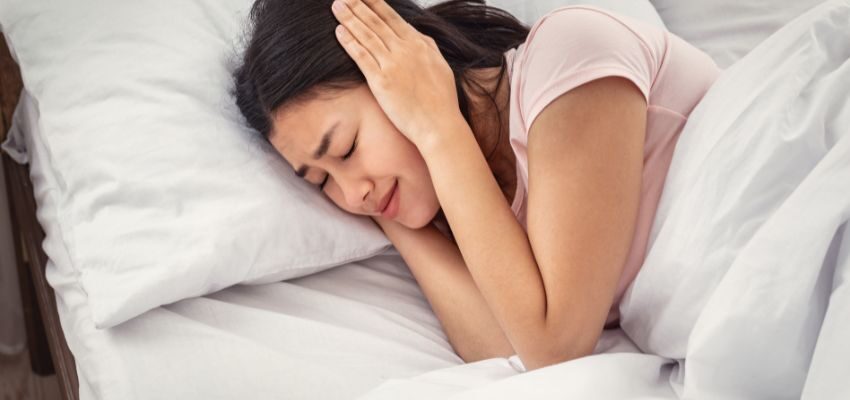
Safety Considerations For A Ruptured Eardrum
When faced with a ruptured eardrum, it’s crucial to take specific precautions. This will promote healing and avoid further complications. Here are vital measures to keep in mind:
- Avoid water entry. Keep water out of your ears, as it can hinder healing.
- Watch your diet. Refrain from consuming spicy or irritating foods that may aggravate the affected ear.
- Avoid blowing your nose. Be careful when blowing your nose, as it can cause further harm to your eardrum.
- Follow the doctor’s instructions. Antibiotics may be prescribed to prevent infections. Routine check-ups are essential to monitor the healing process.
Adhering to these precautions and following your doctor’s advice can contribute to a fast and smooth recovery. As a preventive measure, probiotic supplements or probiotic-rich foods such as yogurt may help lower the risk for ear infections.
When To Seek Medical Help?
A ruptured eardrum will heal on its own, most of the time. If you experience discomfort and tension, or discover pus leaking from your ear, visit a specialist about treatment. An infection will not heal by itself.
Your doctor may request a follow-up visit in a few weeks to check whether your eardrum and its associated symptoms have healed. If not, your doctor may recommend surgery and do a minor procedure in their office or a surgical operation in an operating room.
Meanwhile, temporary adjustments to sleeping positions may help reduce discomfort. Ask your doctor, “what side should I sleep on with a ruptured eardrum?” so they can provide suggestions for relief.
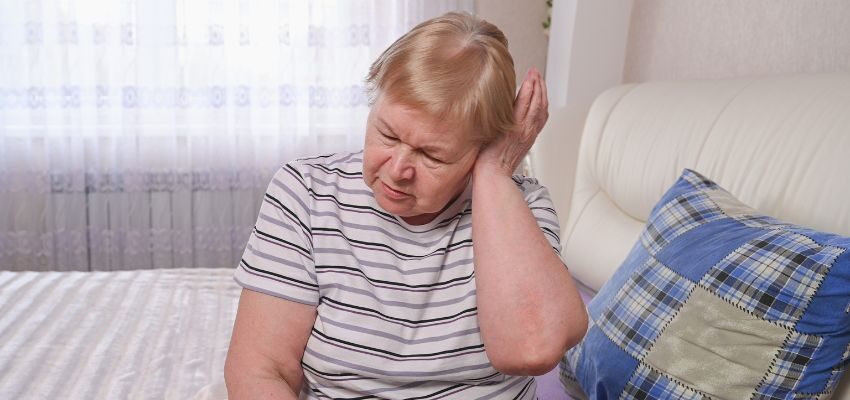
Frequently Asked Questions About A Ruptured Eardrum
1. How do you relieve pressure from a ruptured eardrum?
A ruptured eardrum brought about by an ear infection usually isn’t an emergency. The rupture often relieves pressure and pain. It usually heals within hours or days. But it would be best to have the ear checked by a doctor within 24 hours.
2. How long will a ruptured eardrum leak?
The ear pain should subside in two days. It should be gone in three days. The perforation heals over 1 to 2 days. The drainage stops soon after that.
3. Should you sleep on the side of a ruptured eardrum?
If you have a ruptured eardrum in one ear, sleeping on the side with the unaffected ear is recommended. This minimizes pressure and reduces the risk of further damage. If both of your eardrums are ruptured, it’s best to sleep on your back so that neither ear is pressured.
4. Should I take time off work with a perforated eardrum?
Consult your healthcare provider to decide. The severity of the rupture, pain levels, and job requirements will determine the best course of action. It’s important to avoid environments with loud noise, which could worsen the condition.
5. How to sleep with an ear infection
When you’re wondering how to sleep with ear infection, choose one that allows drainage of the affected ear. Lying on the side opposite the infected ear can help promote fluid draining and lessen the pain and pressure. If both ears are affected, sleeping slightly inclined may help.
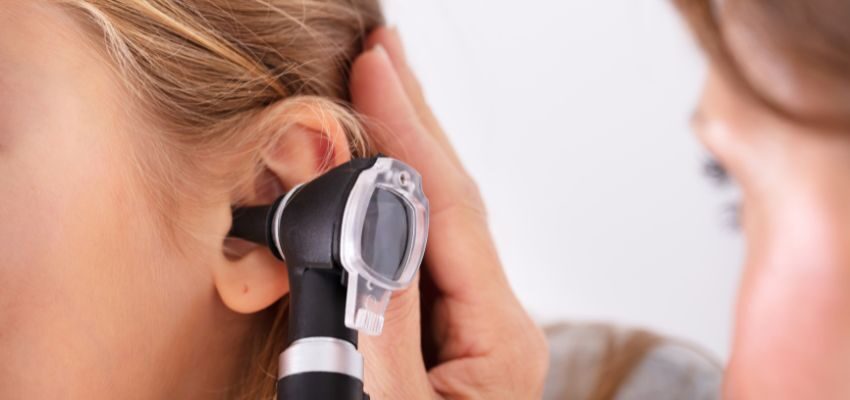
Conclusion: Recovery From A Ruptured Eardrum
Navigating the intricacies of a ruptured eardrum requires a careful balance. This is particularly true when finding comfort during sleep. Remember, while the body heals itself, timely medical guidance can ease discomfort. Adopting suitable sleeping positions also helps. Doing so can also promote recovery. Taking proactive measures can make a difference on your path to healing.
Benefit From The Latest Advancements In Probiotic Science With Bionaze
Bionaze is a proprietary blend of probiotics proven to promote ear, nose, and throat health, improve digestion, and support your immune system. The active ingredients BLIS K12, and BL-04 are considered among the best probiotics according to science.
Get 25% Off Your First Order when you use BIO25 at checkout!

This Content Has Been Reviewed For Factual Accuracy
This content has undergone thorough fact-checking by our team of internal experts. Learn more about the meticulous editorial standard for our website here.
ADVERTISEMENT

About The Author
I am Tracy Gorman, a seasoned writer passionate about creating helpful content. I can delve into any niche and produce valuable articles with my expertise. Beyond writing, I am an avid learner with a passion for digital marketing. During my leisure time, I enjoy immersing myself in literature, experimenting with fashion, staying active, exploring culinary delights, indulging in movies, savoring music, and socializing. And, it’s safe to say, I love cats!

